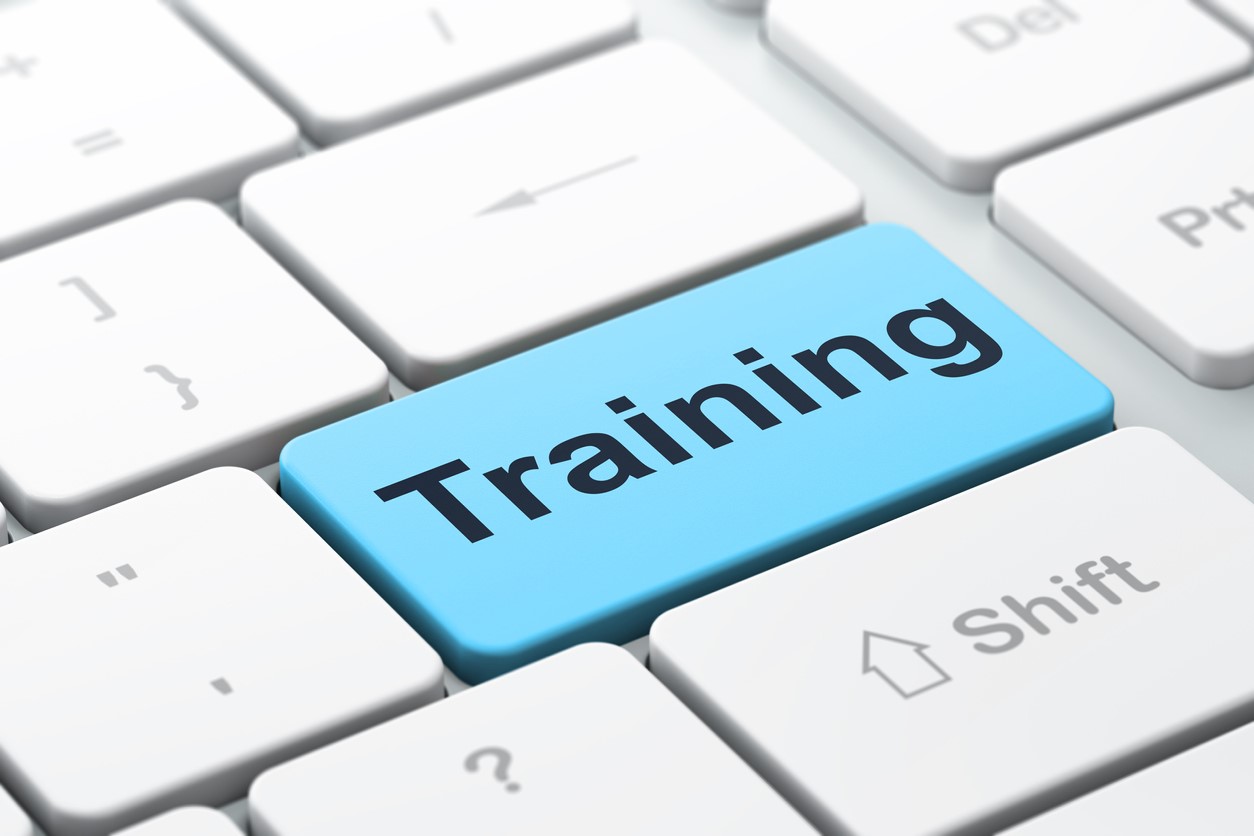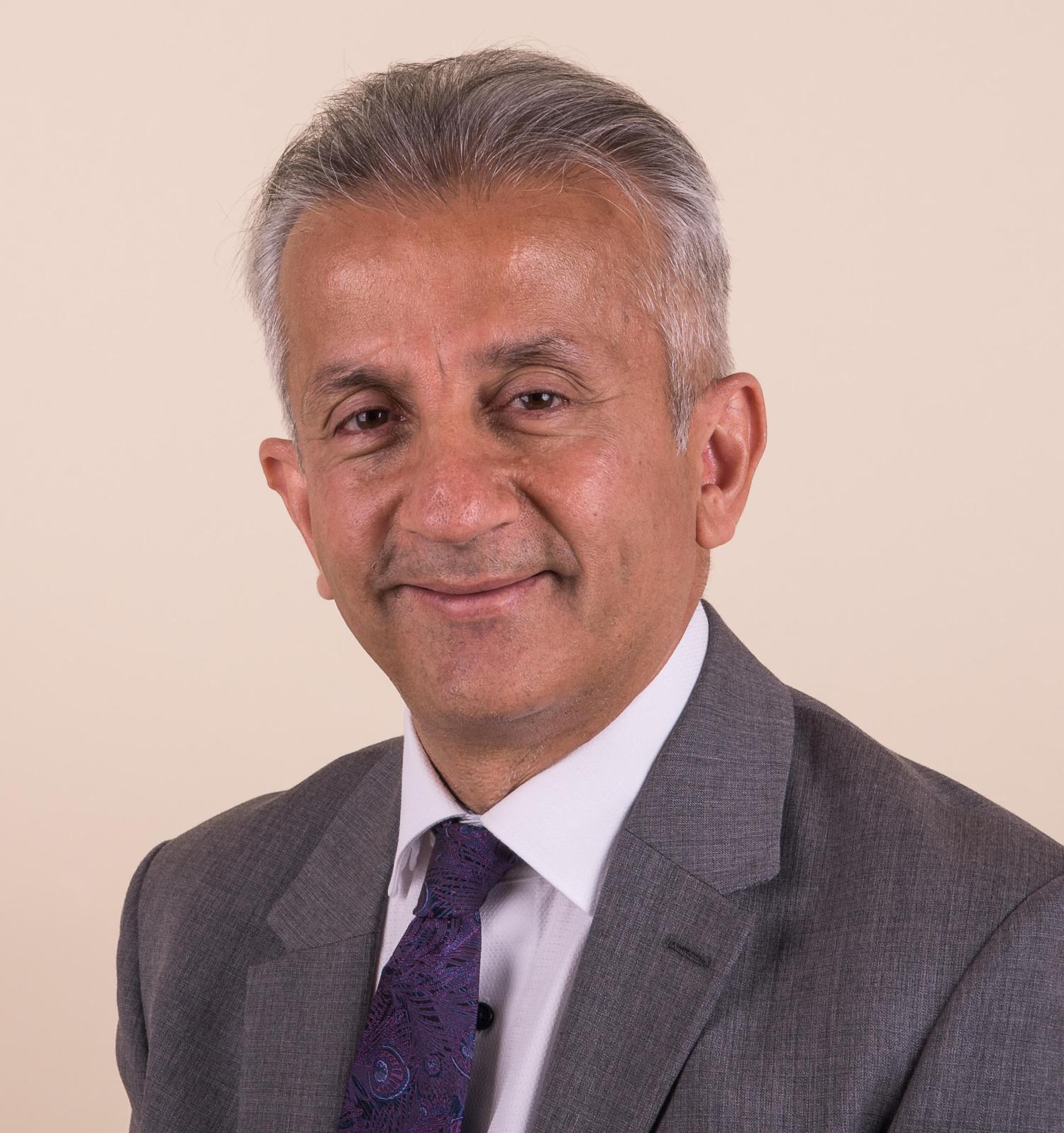Over a career in infectious diseases that has spanned nearly four decades, Dilip Nathwani, OBE, has long been acutely aware of the pivotal role that education plays in addressing the rising threat of antimicrobial resistance (AMR).
But it was during his time as chairman of Scotland's national antimicrobial stewardship (AMS) program that it became clear that education has to be the "underpinning" for good stewardship and healthcare. Although he was working in a high-income country with a wealth of resources, Nathwani found that many antibiotic prescribers were poorly informed about appropriate antibiotic use and needed stewardship education.
"It really brought home to me that here I am working in a high-income country, I'm struggling to support the education needs of the prescribers, what must that be like in a low-resource setting?" Nathwani told CIDRAP News. "And that message came fast and hard as I traveled the world through my work and speaking and interacting with clinicians and patients across the world."
That realization would ultimately lead to the creation of the Global Antimicrobial Stewardship Partnership Hub (GASPH). Launched in 2022, GASPH is a knowledge-sharing platform that provides open access to education resources and training courses on AMS to healthcare professionals around the world.
CIDRAP News recently spoke with Nathwani, GASPH founding chair and an honorary emeritus professor of infection at the University of Dundee, about the effort. The conversation has been lightly edited for length and clarity.
CIDRAP News: What is GASPH, and why was it created?
Dilip Nathwani: It's really a knowledge exchange platform, in a sense. It harnesses good practice, good knowledge, research, and tacit learning within the workplace and brings it all to one side. Because as a clinician of nearly 40 years standing, and [in] my interaction with many clinicians across the globe, what really struck me is the need for a kind of one-stop shop that people could access for their learning needs.
Those learning needs are well served, for example, for research and for news items. But there also is a requirement to create and disseminate and evaluate learning resources—that are relevant and context- and language-specific—for the education and training of pharmacists, nurses, doctors, and other healthcare professionals across the globe. So we really have been trying to harness that global willingness to share knowledge.
CIDRAP News: You and your colleagues wrote in the journal JAC-Antimicrobial Resistance in November 2022 that "The translation of policy into clinical practice is not progressing at the pace needed to tackle the slow burning pandemic of AMR." How can GASPH help hasten this process?
Dilip Nathwani: Well, we think that policies are very important, and I think you would agree and the readers would agree. But I think we all are aware that translating policy that reaches the bedside and reaches clinical care is often an implementation challenge. And we think that one of the areas where we can increase the pace of change to get to where we want to be is increasing the awareness of knowledge that is valuable to everyday clinical practice.

You may be a nurse in Zimbabwe or an intensivist in New York, for example, and you've got a particular area of interest that you wish to search to actually learn about and perhaps stimulate your colleagues as a team to learn about. You would need to do a very extensive search to get where you want to be because there's so much available, but in a kind of fragmented fashion. Our desire is to bring what is good out there, through a little bit of process of peer review, to make it available to that nurse in Zimbabwe or to that intensivist in New York, and then allow other people, if there is good practice, to share their good practice so that others can use it.
And at the heart of this, it has to be open access. There can be no firewalls or paywalls that will restrict the access. Because we really have to recognize that where the greatest burden of AMR is, the clinicians working in those areas have perhaps the least resources. So we're very focused on open access to whatever we make available. And I think that is a kind of global philosophy that is always at the heart of GASPH.
CIDRAP News: Over the past several years, there has been an emphasis from the United Nations, the World Health Organization, and other global organizations on AMR policy at the global and national level. The current emphasis on national AMR "action plans" is an example. Does there need to be an equal emphasis on antimicrobial stewardship education? Does policy mean much if you don't have the education component?
Dilip Nathwani: I don't think it does, because if you look at the implementation of the national action plans in many countries, [it is] often the ones with the least resources where the implementation of the action plans is very variable. And when you actually then get down to the people who provide the greatest amount of care—those in community hospitals and the tertiary hospitals and primary care settings—the good intentions of the national action plans never reach those areas.
I think that without basic education for every healthcare professional and, for that matter, public understanding of why we need to engage with this and why we need to learn about this, I don't think any action plan will be adequately and successfully evaluated.
So I think that education is the kind of Cinderella of the funding towards any implementation of any policy. We invest quite rightly in research and development. We invest in technologies, new diagnostics, and new therapeutics. But why do we not invest in earmarked education and learning and training of the workforce to be able to implement all those new technologies and new diagnostics and new therapies? You don't hear enough about that. And I always feel that knowledge exchange hubs are one vehicle—but not the only vehicle—for implementing that educational strand of AMR.
CIDRAP News: What about antimicrobial stewardship education for patients? Is GASPH mostly focused on clinicians and providers, or is there a patient component?
Dilip Nathwani: The hub has been in standing for about a year now. About 80% of our work is providing resources and education and training opportunities for the healthcare professional workforce. But I think increasingly we're also looking at how we can raise [stewardship] awareness and training for the public.
We've very much bought into World Antibiotic Awareness Week, for example. We've really bought into action plans and we're reaching out to countries, hospitals, and communities that have done some great work in really engaging with the public around AMR and particularly AMS, which is the focus of our hub, to encourage them to share those examples.
For example, we recently received something from Kosovo, some cartoons for children and parents around AMR, and thought, "Gosh, it's a really visually engaging way of engaging with the public." So that is now available [on GASPH] for anybody to use and adapt for their own purposes.
CIDRAP News: GASPH is an e-learning, knowledge-sharing platform focused on providing open access to digital training resources. How do you account for the fact that healthcare professionals in some parts of the world might have difficulty accessing these resources?
Dilip Nathwani: That is an issue. But actually, when you start talking to those in sub-Saharan Africa and parts of Asia and Latin America, in the very low-income countries, the use of technology in particular areas is better than you think. In fact, many of them will say that translation and language—and the bandwidth of the Internet and the resources—is more of an issue, as opposed to purely getting access to technology and the Internet.
The Spanish-speaking population makes a very strong point, for example, that not many of the resources on our hub and many other hubs are available in Spanish. And in certain areas, that is a major hindrance. So we're trying to increasingly think about how can we actually address language issues. It's not an easy challenge to deal with.
CIDRAP News: Is face-to-face training an option now or down the road?
Hybrid learning is probably the way to go. And I think COVID-19 and how we communicate now has taught us that. So I think you need great learning platforms combined with face-to-face learning, because learning is, at the end of the day, in this kind of setting, about human interactions.
What we find is that many of our courses that are available on the learning platform are videos of people delivering PowerPoint presentations in a class. And then you can make that available on a course by engaging with that particular person who is delivering that lecture. I think it complements face-to-face learning as opposed to replacing face-to-face learning. So wherever possible, the hybrid approach is what we would advocate.
CIDRAP News: Are there limits to what education can achieve? I’m thinking particularly of low-income settings, where there might be challenges—such as, lack of access to diagnostics or the right antibiotic, or patients having to travel long distances for care—that make antibiotic stewardship difficult to put in place.
Dilip Nathwani: There are. We've been running a project with Medecins Sans Frontieres (MSF), which works in very poor countries and conflict zones. And when you really engage with the clinicians who work in those conflict zones, they say that understanding the educational needs for doing good AMS allows them to make a more informed choice.
For example, if the patient has come a long way, traveled 40 miles on foot with an infected leg, for example, and you have limited choice of antibiotics, then at least you have an informed choice of what that limited choice will be about. And if there is no infection to treat and the patient is demanding [an antibiotic], you may say to the patient, "Okay, I'll give you an antibiotic, but I'll give you a less broad-spectrum antibiotic." So even if an antibiotic may not be required and they're insistent on getting one, you will cause less harm by using a narrow-spectrum as opposed to a broad-spectrum antibiotic, and perhaps for shorter duration.

They all say that education will only take us so far, because it's the system and the infrastructure and the resources that will actually dictate how you do [your job]. But at least it allows them to go some way in addressing the AMR needs of the broader population.
CIDRAP News: What is your vision for the future of GASPH? In 10 years, what would you hope to see come out of this effort?
Dilip Nathwani: My vision is creating a multifaceted, bespoke learning hub that any clinician, non-clinician, member of the public, school-age child, or somebody in a university can access to get their learning needs around antimicrobial resistance. Our focus is on AMS because you've got to start somewhere. And I think that as we grow, the scope of what we offer will grow.
But we have to recognize that we do not want to reinvent the wheel, because there are some excellent partners out there who are doing [AMR education]. We want to bring all these partners together and work in a coordinated fashion. What I feel right now is that everybody is doing their own thing. There are some partnerships, but it's very fragmented, and we want to make it less fragmented.
I think that without basic education for every healthcare professional and, for that matter, public understanding of why we need to engage with this and why we need to learn about this, I don't think any action plan will be adequately and successfully evaluated.























